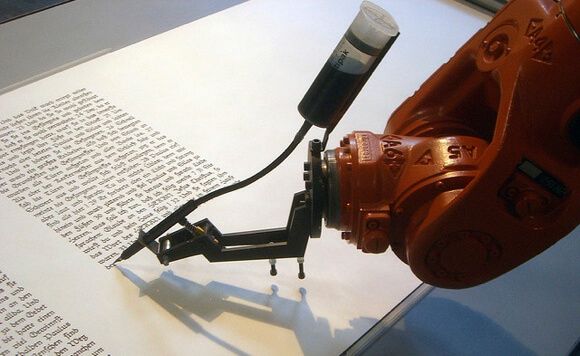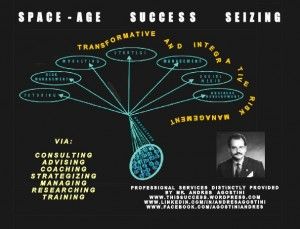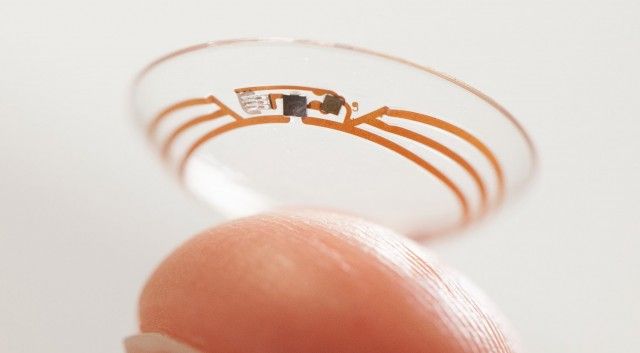Mar 26, 2014
Immortality, biotechnology, and the woefully unprepared criminal justice system
Posted by Seb in categories: law, life extension
Sebastian Anthony - Extremetech

Here’s an interesting thought experiment for you: What happens to life imprisonment — for murder and other heinous crimes — if the human lifespan is increased? If we live until 150 or 250 or 350 (which is very possible, given the direction of recent efforts into life extension) how many more prisons will we have to build to hold all of those murderers and rapists who just won’t die? Even if we can build enough prisons to hold them, will it be economically viable to do so? What about parole? Right now, many life sentences are up for parole after 15 or 20 years — but if we live for 350 years, doesn’t a 15-year incarceration seem a little bit on the lenient side for a serious crime?

















